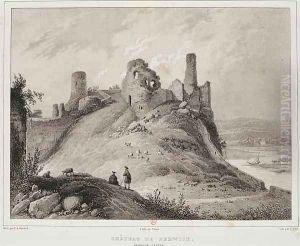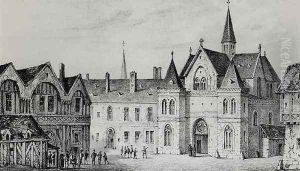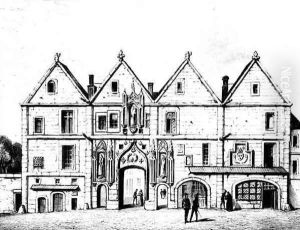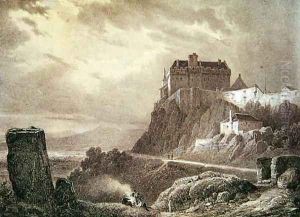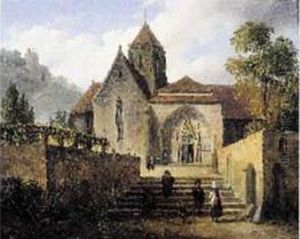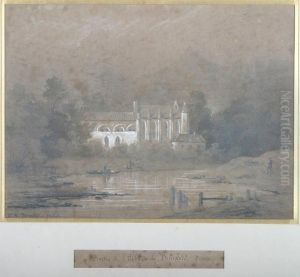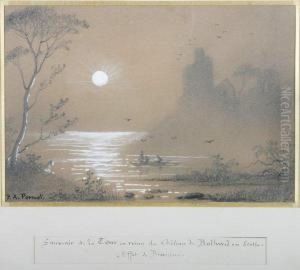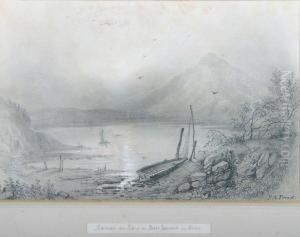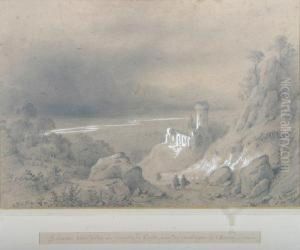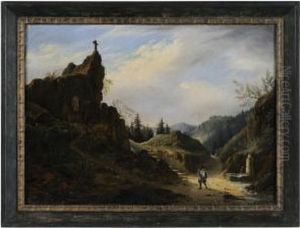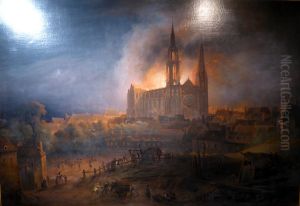Pernot, Francois Alexandre Paintings
François Alexandre Pernot was a French painter and engraver born on September 15, 1747, in Langres, France. He is not as widely known as some of his contemporaries, but he made contributions to the art world during his time. Pernot's work was influenced by the artistic movements of his era, including neoclassicism, which was characterized by a renewed interest in classical antiquity and an emphasis on simplicity, clarity, and symmetry.
Pernot received his artistic training in Paris, where he was exposed to the works of the great masters and the intellectual and cultural changes of the late 18th century. During his career, he produced a variety of works including portraits, historical scenes, and engravings. His artistic style reflected the shift from the Rococo style, which was ornate and decorative, to the more restrained and classical Neoclassical style.
Despite his talents, Pernot did not achieve the same level of fame as some of his peers, such as Jacques-Louis David or Jean-Auguste-Dominique Ingres. However, his work was recognized in his time; he exhibited at the Salon, the official art exhibition of the Académie des Beaux-Arts in Paris. His life spanned a tumultuous period in French history, including the French Revolution and the Napoleonic Wars, events that influenced the themes and styles of artists of his generation.
François Alexandre Pernot passed away on April 23, 1819. His works remain as a testament to his skills and as a representation of the artistic trends and cultural environment of late 18th and early 19th century France. Pernot’s legacy may not be as prominent as some of his contemporaries, but his contributions to French art provide insight into the period’s aesthetic developments and the broader history of European art.
